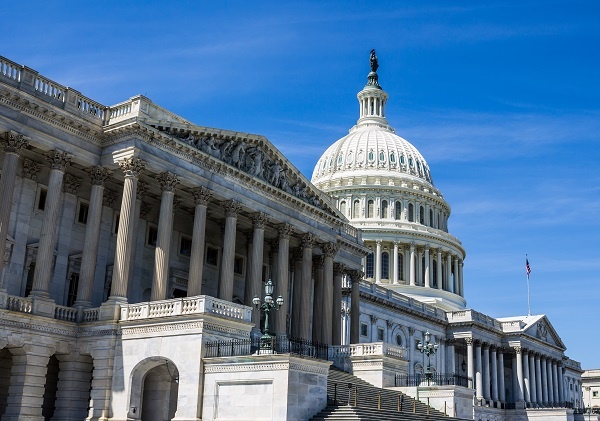Author's note: This post is not intended to defend nor criticize the merits of the Affordable Care Act (a political lightening rod if ever there was one). Rather, this post is merely intended to dispel a few myths as it relates to the ACA's spill-over impact on the group insurance market.
While its effects on the individual insurance market can be debated (though most agree the ACA did very little to contain healthcare costs but did a terrific job of making healthcare more accessible), it’s a common misconception that the Affordable Care Act (also known as the ACA, or Obamacare) is causing group health insurance rates to dramatically increase. This myth, along with others that play into it, have been perpetuated frequently since the law’s passage in 2010 — especially since the individual and small business health insurance marketplaces opened in 2014.
The truth is health insurance rates were increasing long before Barack Obama ever got close to the White House. According to data from the Kaiser Family Foundation, the average cost of premiums for individual coverage increased about 32.5 percent between 2010 and 2017. But compared to the 8-year period prior (when premiums increased about 56 percent) that amount seems low. For family coverage, the numbers are even worse, showing a 36 percent increase since 2010, compared to 67 percent in the 8 years prior.
In addition, it would appear the ACA is actually helping to slow our national health expenditures (NHE) as a percentage of GDP. The Centers for Medicare and Medicaid Services (CMS) has been tracking this data since 1960. CMS defines NHE as “health care goods and services, public health activities, government administration, the net cost of health insurance, and investment related to health care.” In other words, NHE is what we collectively spend on healthcare each year between health insurance rates, out-of-pocket expenses, and any health programs we take part in.
Between 2010 and 2016 (the latest year for which data is available), NHE increased from 17.4 percent to 17.9 — a mere half a percent (although one could also argue this could be due in part to effects of the recession). By contrast, in the 7-year period beforehand, NHE increased nearly two percent, going from 15.4 percent of GDP to 17.3.
In order to figure out how we could actually fix this system, we have to understand the differences between what’s really broken about it and the myths out there. Here are three myths we can easily bust.




















